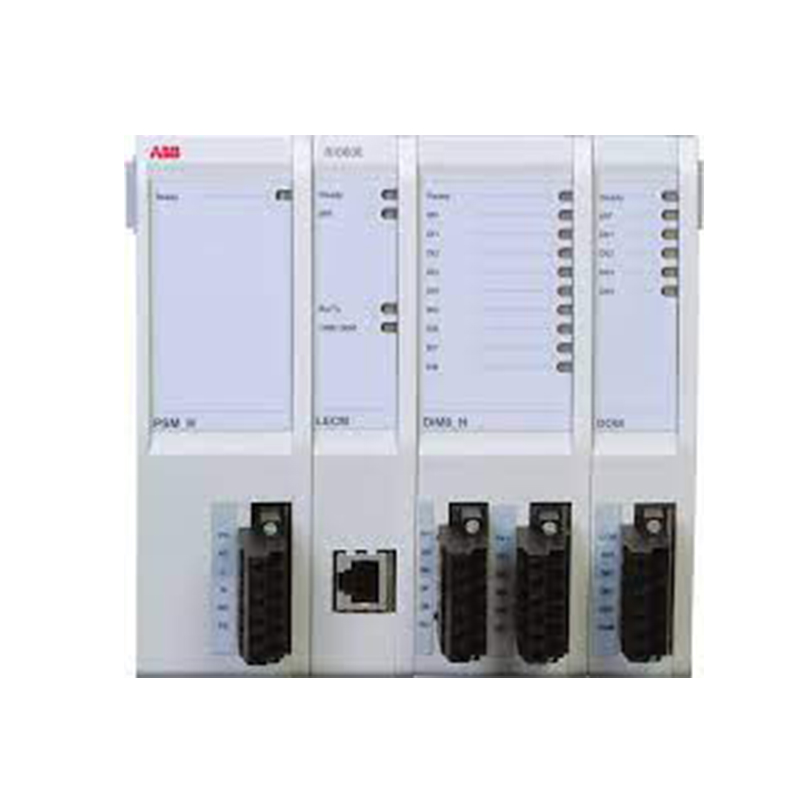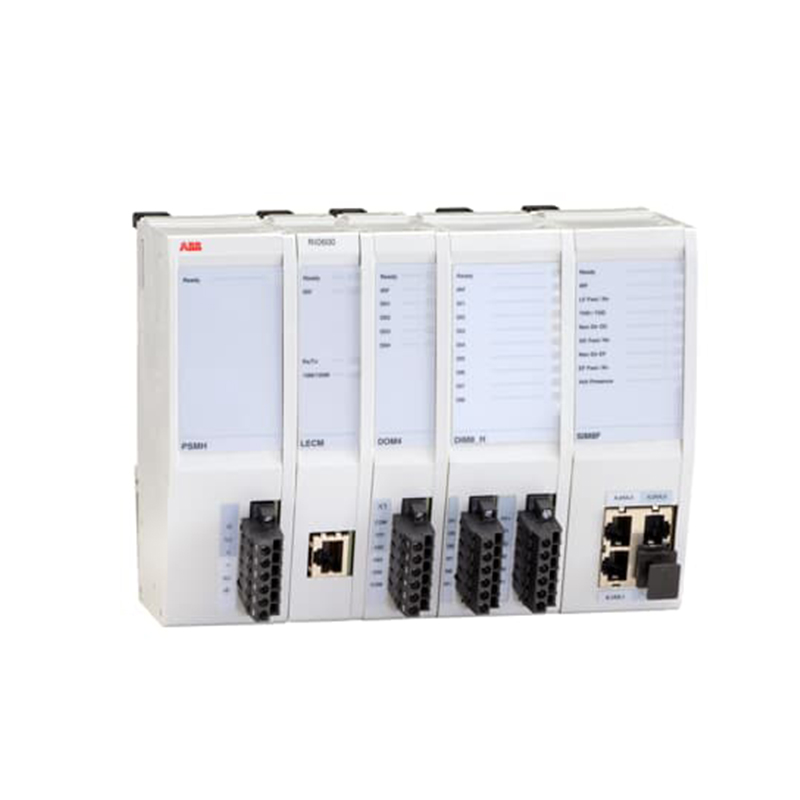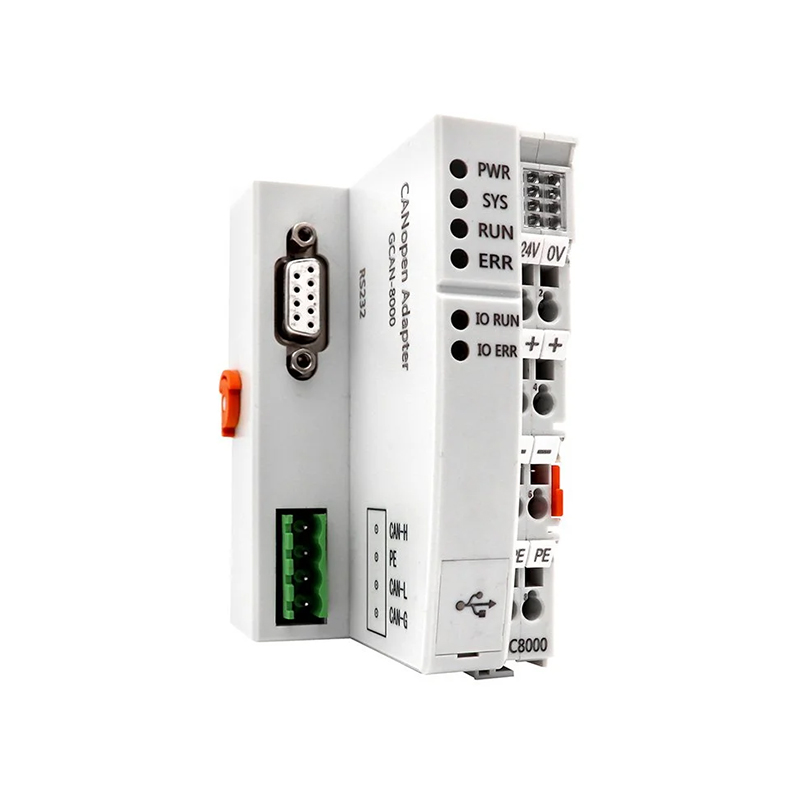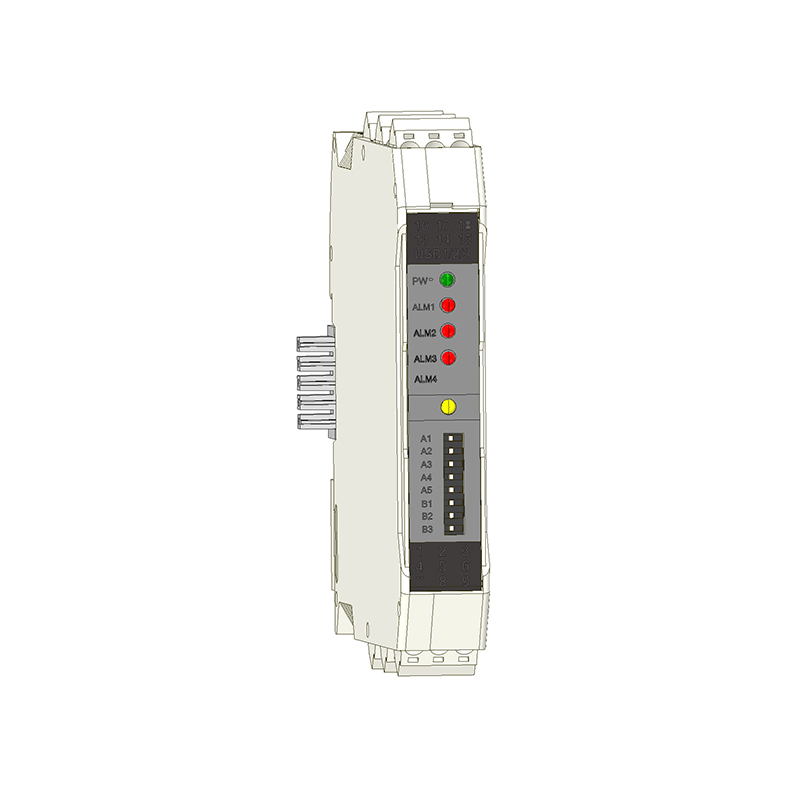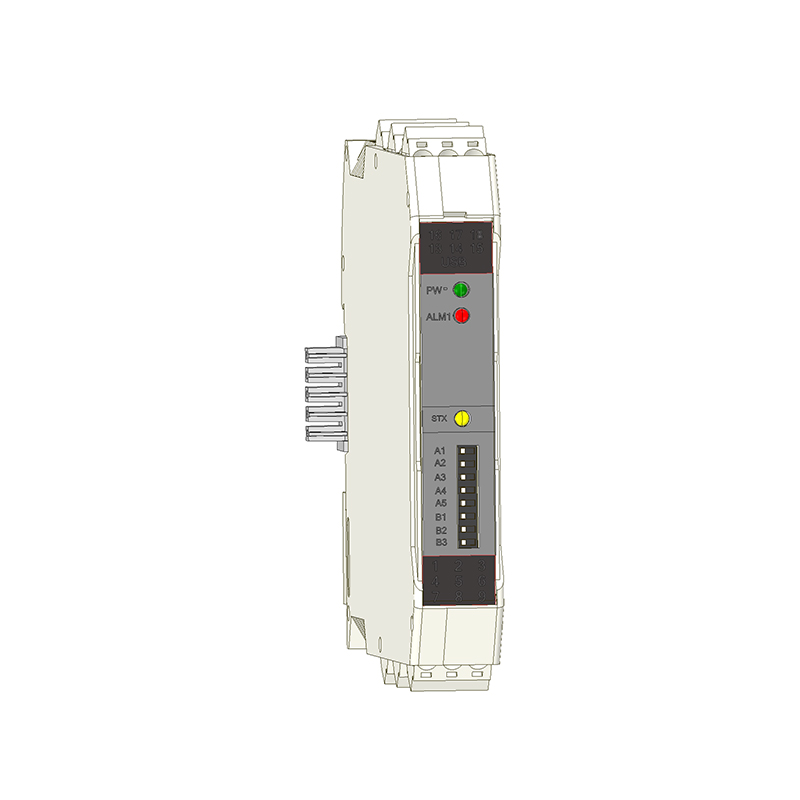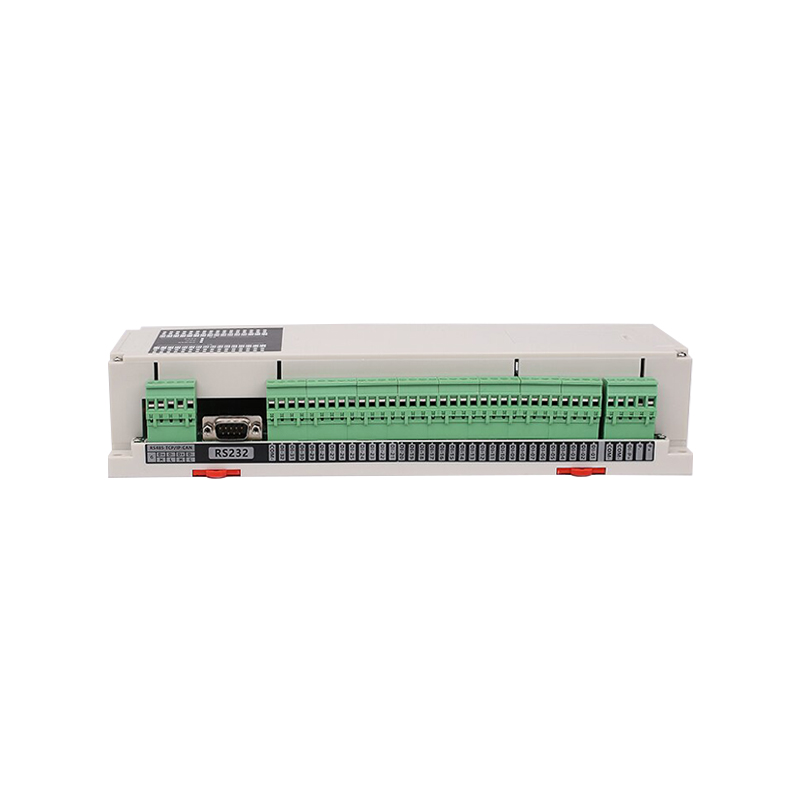Features
- Ensures efficiency of the distribution network and operations
- User level and operational security to ensure operational reliability
- Better value for investments through substation device integration based on native IEC 61850
- Increased fault management performance by making use of the precise and unique MFA earth fault FPI method
- Web-browser-based human machine interface (HMI) for access to substation devices.
- IEC 61850 and Modbus TCP station bus to extend the protection and control applications
- Fast real-time communication between protection and control relays and physical inputs/outputs
- Wide set of different I/O options
- Flexible applications with Fault Passage Indication (FPI) functionality for grid automation applications
- State-of-the-art directional earth fault indication reaching high sensitivity required in compensated networks
- Fulfills IEC 61850 communication performance requirement (Type 1A, class P1)
Specification
| Description | Type test value | Reference |
| Electrostatic discharge
• Air discharge |
8 kV |
IEC 60255-26 and IEC 61000-4-2, Level 3 |
| Radio frequency electromagnetic field (amplitude modulated) | 10 V/m (RMS)
f = 80…1000 MHz and 1.4. 2.7 GHz |
IEC 60255-26 and IEC 61000-4-3, Level 3 |
| Radio frequency electromagnetic field from digital radio telephones (pulse modulated) | 10 V/m (RMS)
f = 900 MHz, 1890 MHz |
IEC 61000-4-3, Level 3 |
| Power frequency (50 Hz) magnetic field
• Continuous • 3 s |
100 A (RMS)/m 300 A (RMS)/m |
IEC 60255-26 and IEC 61000-4-8 |
| Pulsed magnetic field | 1000 A/m; 6.4/16 μs Tr/Td; 5 pulses positive/ negative; 10 s (time interval) | IEC 61000-4-9, Level 5 |
| Conducted disturbance induced by radio frequency fields, Amplitude modulated | 0.15…80 MHz – 10 V (unmod, RMS); 80% AM
(1 kHz); 150 Ω source impedance 27 and 68 MHz (spot frequencies); 10 V (unmod, RMS); 80% AM (1 kHz); 150 Ω source impedance |
IEC 60255-26 and IEC 61000-4-6, Level 3 |
| Fast low-energy transient (EFT) (including functional earth port) | 5/50 ns Tr/Td; 5 kHz repetition frequency 4 kV (peak) for power supply input/output
ports and 2 kV (peak) for communication port |
IEC 60255-26 and IEC 61000-4-4 |
| Damped oscillatory waves (HFD) 100 kHz and 1 MHz burst
• Power supply and input/output ports
• Communication port |
100 kHz and 1 MHz frequency; 75 ns Tr; 40 Hz and 400 Hz repetition frequency; 200 Ω source impedance
Differential mode: 1 kV (peak) Common mode: 2.5 kV (peak) Differential mode: not applicable Common mode: 1 kV (peak) |
IEC 60255-26 and IEC 61000-4-18 |
| Slow high-energy transient (surge1.2/50 μs voltage pulse)
• Auxiliary power supply and input/output ports1) • Communication port |
1.2/50 μs Tr/Th (open circuit) 8/20 μs Tr/Th (short circuit)
±4 kVp (L-Gnd) ±2 kVp (L-L)
±2 kVp (L-Gnd) while no L-L test is applicable |
IEC 60255-26 and IEC 61000-4-5 |
| Voltage dips, short interruptions and voltage variation immunity tests (AC 50 Hz and 60 Hz) | 30% reduction for 25/30 cycles 60% reduction for 10/12 cycles
100% reduction for 0.5, 1.0, 2.5 and 5.0 cycles 100% reduction for 250/300 cycles |
IEC 60255-26 and IEC 61000-4-11 |
| Voltage dips, supply interruption and voltage variations on DC input power port (immunity tests) | 30% reduction for 500 ms
60% reduction for 200 ms 100% reduction for 10, 20, 30 and 50 ms 100% reduction for 5 s |
IEC 60255-26 and IEC 61000-4-29 |
| Ripple voltage | 15% Un frequencies of ripple 100/120 Hz (for 50/60 Hz) | IEC 60255-26, IEC 61000-4-17 and IEEE C37.90-2005 |
| Gradual shut-down/start-up test (for DC power supply)
• Ramp towards shut-down • Wait at power of condition • Ramp towards start-up |
60 s 5 min 60 s |
IEC 60255-26 |

